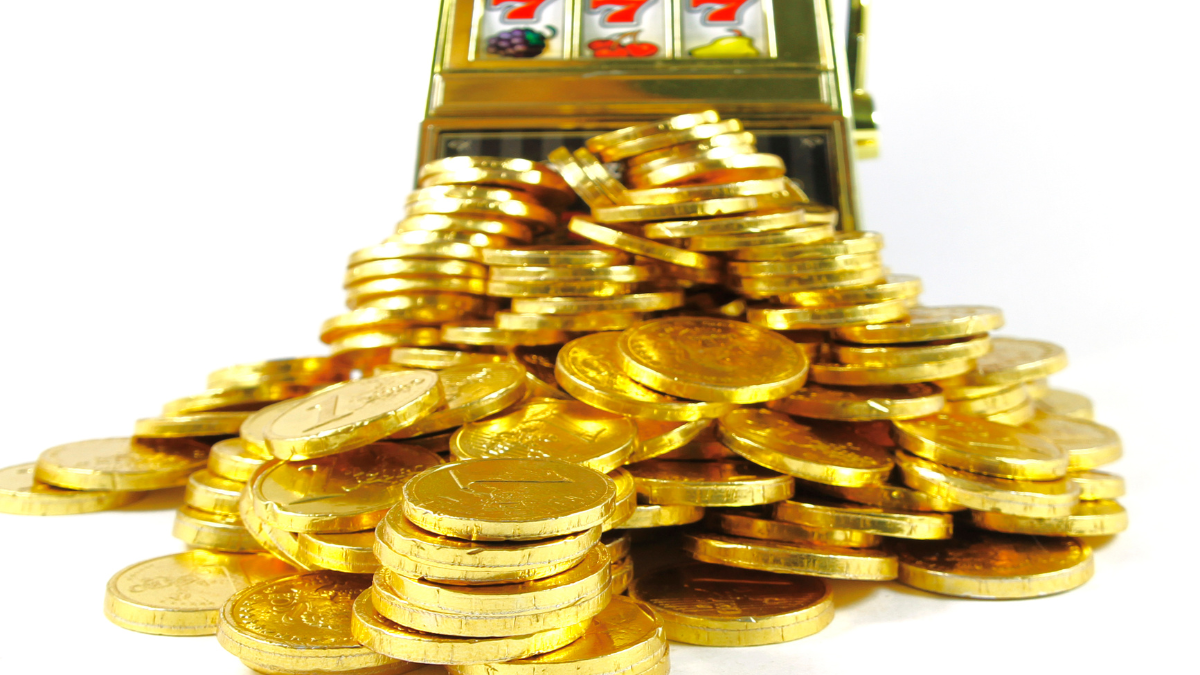Slot machine manufacturers and casinos frequently promote certain slots as having higher RTPs (return to player) percentages. This refers to the amount the slot pays back to players over an extended period, usually hundreds of thousands, if not millions of plays. A slot with an RTP of 96%, for example, indicates it pays back $0.96 for every $1 wagered over time.
But do slots with higher RTPs actually pay out more often? Or is this primarily a marketing technique to entice players to spin more in hopes of bigger wins? Let’s take an in-depth look at the data and research around RTPs to find out.
How RTPs Are Calculated and What They Really Mean
First, it’s important to understand precisely how a slot machine’s RTP on such platforms as SpiritCasino is calculated. The figure is determined through computer simulations that play out millions upon millions of spins and tabulate the aggregate payouts. So yes, over an extraordinarily long sample size, a 96% RTP game will pay back $0.96 for every $1 played.
However, this does not mean you are more likely to win playing a 96% RTP slot than a 93% RTP slot in a short session. The RTP does not influence individual spin outcomes, only the overall payouts over an extended duration. In the short run, you may even win more on a lower RTP game. It’s only over time that the higher RTP slot will retain less of the total money wagered.
Data Shows Minimal Differences in Short-Term Performance
Several studies have been conducted analyzing whether higher RTP slots actually pay out more frequently in the short term compared to their lower-paying counterparts. The findings may surprise you.
One analysis by Gaming Laboratories International (GLI) examined two 10-million spin simulations on hypothetical slots with RTPs of 92% and 96%. Here were the results:
| Metric | 92% RTP | 96% RTP | Difference |
| Hit frequency | 23.10% | 23.06% | 0.04% |
| Average bet per spin | $1.65 | $1.63 | 1.2% |
| Average win per spin | $0.38 | $0.38 | 0% |
| Max payout | $44,500 | $42,900 | 3.6% |
As you can see, over 10 million spins, the difference in actual payback and wins was marginal at best. The 96% RTP slot had only a tiny edge in hit frequency and average bet, while the max payout was lower compared to the 92% RTP game.
So in a short session, RTP ends up being mostly irrelevant. Their simulations found nearly identical gameplay results despite a 4% RTP difference. Your chances of hitting a big jackpot or having a profitable session are essentially the same.
This analysis busts the myth that higher RTP slots always pay out more frequently. While they retain less money over hundreds of thousands or millions of spins, in a typical gaming session you likely won’t notice any measurable distinction.
Should You Only Play High RTP Slots?
You might be wondering then – why does it matter if I play a slot with an RTP of 92% or 99% if my odds of winning aren’t improved?
It’s true that in the short run, you have about the same chance of winning on any slot regardless of RTP percentages. However, over an extended period of play, the extra 4-7% paid back by the higher RTP game will make a difference.
Think of it this way – would you rather play a slot that retains 8% of money wagered or only 3% over time? Obviously, you’d choose the game that retains less money. Even though results may be similar in a short session, over thousands and thousands of spins, that extra 5% adds up.
So when choosing a slot machine, a higher RTP should in fact be one of the considerations. It likely won’t impact the outcome of an hour-long session. But playing high RTP games exclusively gives you the best odds of coming out ahead in the end.
Just don’t expect to see noticeably bigger wins or better results in a short timeframe. You may even have longer dry spells on higher RTP slots since their hit frequencies are often slightly lower. But they ultimately pay back more due to bigger payouts when you do get lucky.
Final Thoughts
Slot machine RTPs are an excellent overall indicator of how much a game pays back over extended play. But as we’ve covered, in a typical session y,ou likely won’t observe much difference playing a 93% or 98% RTP slot.
That doesn’t mean RTPs are meaningless. Over time, those extra payout percentages add up. So given the choice, you should choose the game retaining the least for the casino.
Just temper your expectations in the short run. Higher RTP slots won’t magically pay out more often. But they remain your best bet over tens of thousands of spins. Use RTP as one of several variables when picking a slot, not the sole determining factor.
Combine RTPs with volatility, max payouts and special features to find the best slots for your budget and preferences. Doing so gives you the optimal blend for an exciting session with solid long-term payback potential.

